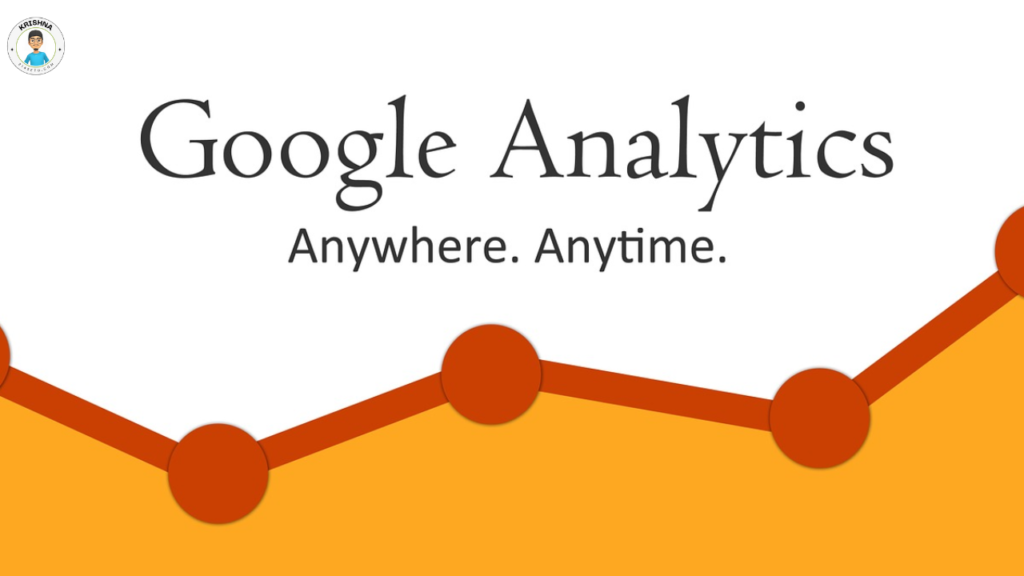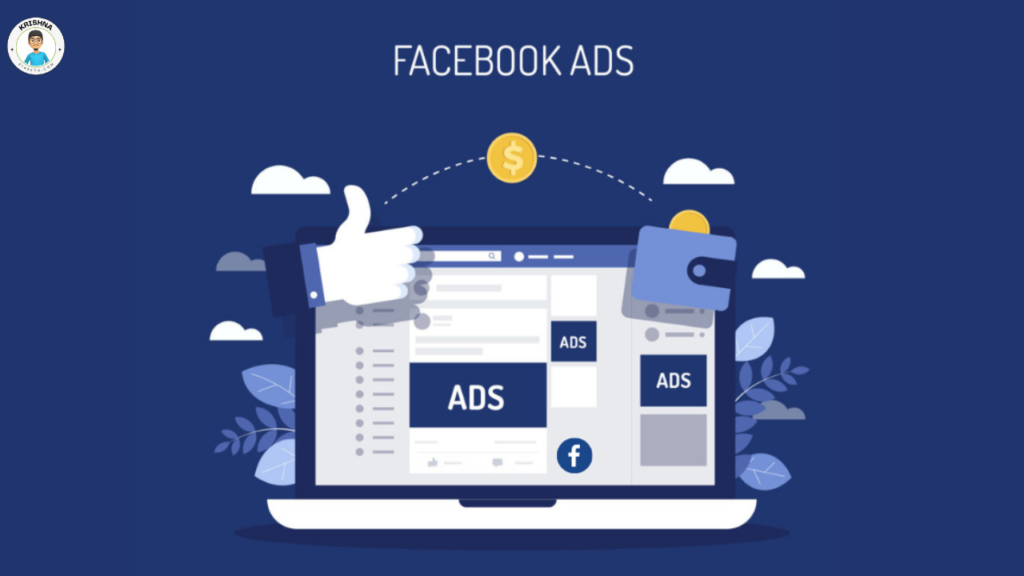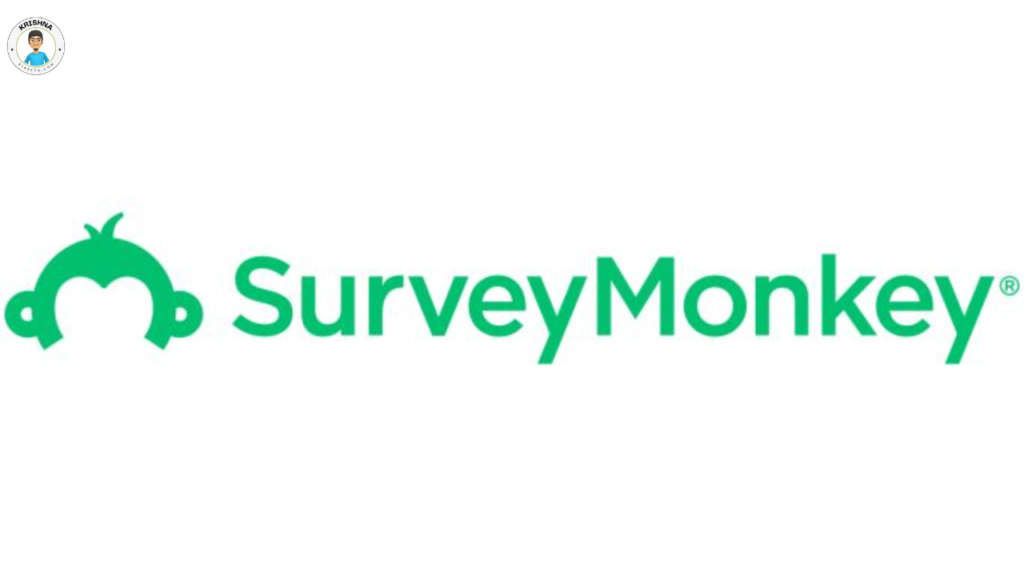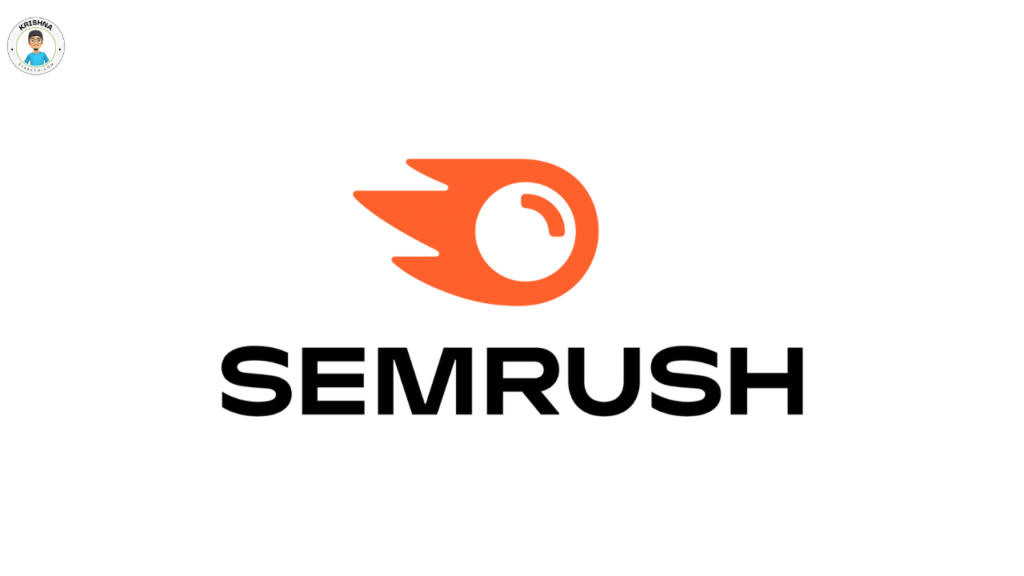
Whether you’re launching a new product or trying to boost your sales, knowing who your customers are is key. Understanding your target audience helps you tailor your marketing efforts, improve customer engagement, and drive growth. Let’s explore the top tools and techniques to identify your ideal customers.
How to Find Your Target Audience for Ecommerce Success
Why Identifying Your Target Audience Matters
Understanding your target audience can make or break your marketing strategy. It leads to higher conversion rates, better customer engagement, and more efficient use of marketing resources. For instance, personalizing marketing messages can lead to a 20% increase in sales. Now, let’s dive into the tools and techniques that will help you identify your target audience.
Tools for Identifying Your Target Audience
1. Google Analytics
- Overview: Google Analytics is a powerful tool for tracking visitor demographics, behavior, and interests on your website.
- Features: Audience reports, user flow, and conversion tracking.
- Example: Use demographics reports to understand the age and gender distribution of your visitors.

2. Facebook Audience Insights
- Overview: This tool provides detailed information about your Facebook followers.
- Features: Demographic data, page likes, location, and activity.
- Example: Identify the most popular content among different segments of your audience.

3. SurveyMonkey
- Overview: Create and distribute surveys to gather direct feedback from customers.
- Features: Customizable surveys, detailed analytics, and real-time results.
- Example: Conduct customer satisfaction surveys to understand preferences and pain points.

4. SEMrush
- Overview: SEMrush helps analyze competitors and identify target keywords.
- Features: Keyword research, competitor analysis, and market insights.
- Example: Discover what keywords your competitors are targeting to inform your own strategy.

5. HubSpot
- Overview: HubSpot’s CRM and marketing tools help manage customer relationships and analyze data.
- Features: Contact management, marketing automation, and analytics.
- Example: Track customer interactions across different touchpoints to build detailed personas.

Techniques for Identifying Your Target Audience
1. Market Research
- Primary Research: Engage directly with potential customers through surveys, interviews, and focus groups.
- Example: Use tools like SurveyMonkey or Google Forms to create and distribute surveys. Ask questions about their needs, preferences, and buying behavior.
- Secondary Research: Analyze existing data from industry reports, market studies, and competitor analysis.
- Example: Utilize resources like Statista and industry-specific publications for valuable insights.
2. Creating Buyer Personas
- Definition: Buyer personas are fictional representations of your ideal customers based on real data and insights.
- Steps: Gather data, identify patterns, and create detailed profiles.
- Example: Develop a persona named “Tech-Savvy Tom,” a 30-year-old IT professional who values efficiency and innovation.
3. Social Media Listening
- Overview: Monitor social media channels to understand what customers are saying about your brand and industry.
- Tools: Mention tools like Hootsuite and Brandwatch.
- Example: Identify common themes in customer complaints to improve your product or service.
4. Customer Feedback and Reviews
- Importance: Use customer feedback to gain insights into their needs and preferences.
- Methods: Collect feedback through surveys, reviews, and direct interactions.
- Example: Analyze product reviews to identify features that customers love or dislike.
5. Behavioral Analysis
- Overview: Understand customer behavior through data analysis.
- Methods: Analyze website analytics, purchase history, and interaction patterns.
- Example: Identify high-value customers based on their purchase frequency and order value.
Implementing and Utilizing Audience Insights
1. Segmentation
- Definition: Segment your audience based on demographics, psychographics, and behavior.
- Techniques: Create targeted marketing campaigns for different customer segments.
- Example: Segment your audience by age and tailor your marketing messages accordingly.
2. Personalization
- Importance: Personalized marketing improves customer engagement and satisfaction.
- Techniques: Use data to tailor content, offers, and communication.
- Example: Send personalized email recommendations based on past purchases.
3. Continuous Monitoring and Adaptation
- Overview: Regularly update your understanding of your audience.
- Methods: Use analytics and feedback to refine your personas and strategies.
- Example: Adjust marketing strategies based on new insights from ongoing analysis.
Conclusion
Identifying your target audience is a dynamic and ongoing process that requires the right tools and techniques. By leveraging the insights gained from tools like Google Analytics and SurveyMonkey, and employing techniques such as market research and social media listening, you can create detailed personas and segment your audience effectively. This will enable you to tailor your marketing efforts, improve customer engagement, and drive business growth.214us

